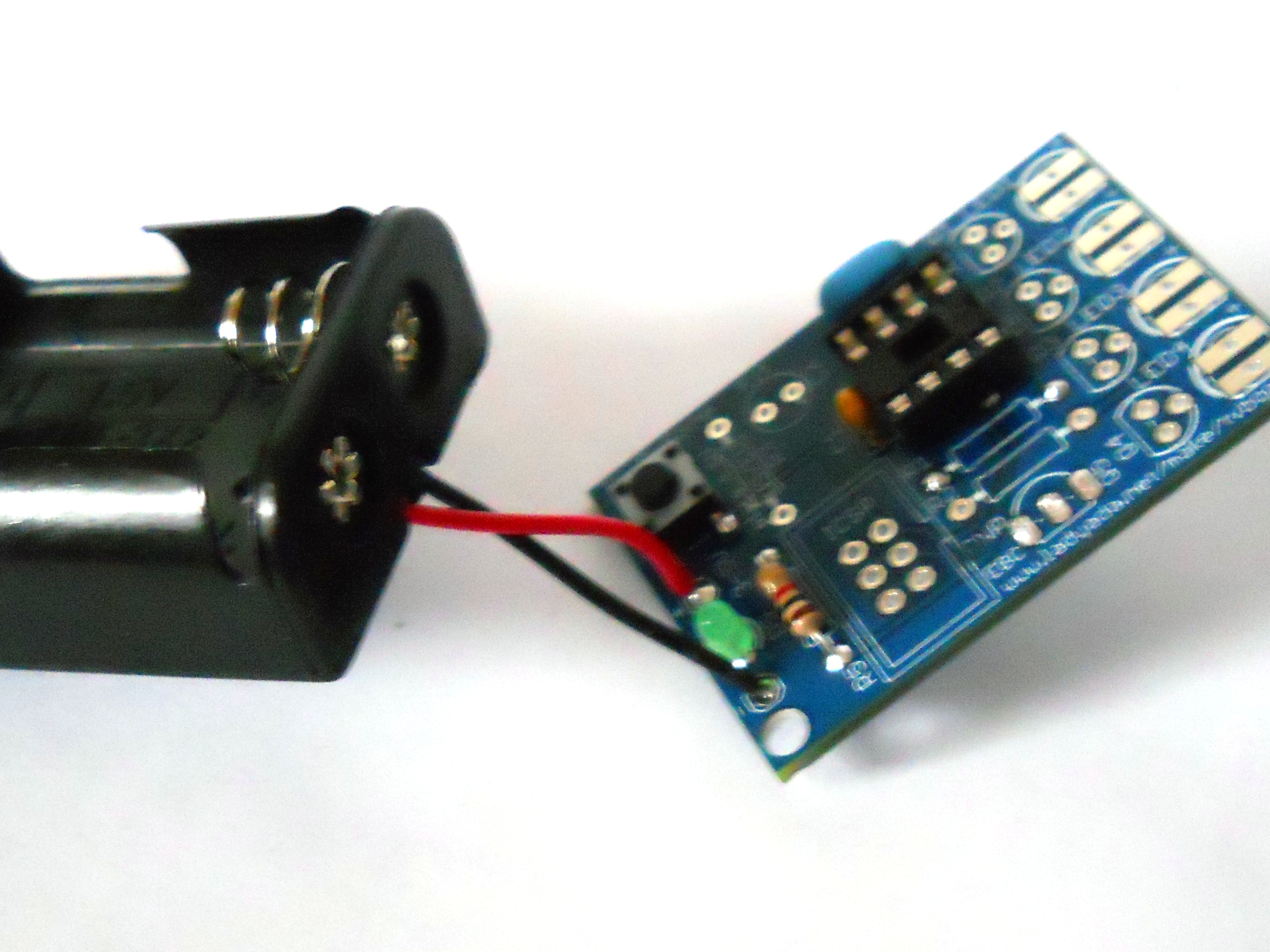Rs485 Cable Shortcuts - The Easy Way
작성일 24-06-29 15:55
페이지 정보
작성자Zara 조회 9회 댓글 0건본문

Although many applications use RS-485 signal levels, the speed, format, and protocol of the data transmission are not specified by RS-485. The two values provide a sufficient margin for a reliable data transmission even under severe signal degradation across the cable and connectors. PC environment. 8P8C modular connectors are used in this case. But You stated you are going to install this at a commercial setting, so it always better to use the worst case environment situations, and use shielded cable. This robustness is the main reason why RS-485 is well suited for long-distance networking in noisy environment. Rs485 is low impedance balanced , so twisting the pair helps with noise immunity as well as reducing the attenuation effect of higher baud rates due to the parallel capacitance of the wires in the cable jacket over the long lengths. Termination resistors also reduce electrical noise sensitivity due to the lower impedance. The value of each termination resistor should be equal to the cable characteristic impedance (typically, 120 ohms for twisted pairs). The termination also includes pull up and pull down resistors to establish fail-safe bias for each data wire for the case when the lines are not being driven by any device.
There are 6 uncommitted lines on the headers if you want to add additional signals to the ribbon cable. Care must be taken that an SC connection, especially over long cable runs, does not result in an attempt to connect disparate grounds together - it is wise to add some current limiting to the SC connection. Care must be taken when using A/B naming. By using repeaters very large RS-485 networks can be formed. If a star configuration is unavoidable, special RS-485 repeaters are available which bidirectionally listen for data on each span and then retransmit the data onto all other spans. TSB-89A, Application Guidelines for TIA/EIA-485-A does not recommend using star topology. RS-485 supports inexpensive local networks and multidrop communications links, using the same differential signaling over twisted pair as RS-422. RS-485 standard conformant drivers provide a differential output of a minimum 1.5 V across a 54-Ω load, whereas standard conformant receivers detect a differential input down to 200 mV. In contrast to RS-422, which has a driver circuit which cannot be switched off, RS-485 drivers use three-state logic allowing individual transmitters to be deactivated. RS-485, also known as TIA-485(-A) or EIA-485, is a standard, originally introduced in 1983, defining the electrical characteristics of drivers and receivers for use in serial communications systems.
These characteristics include: definition of a unit load, voltage ranges, open-circuit voltages, thresholds, and transient tolerance. With Modbus, BACnet and Profibus, A/B labeling refers A as the negative green wire and B as the positive red wire, in the definition of the D-sub connector and M12 circular connector, as can be seen in Profibus guides. Line A voltage, implying A, the green wire, is indeed connected to the driver inverting signal, as seen in a whitepaper. The recommended arrangement of the wires is as a connected series of point-to-point (multidropped) nodes, i.e. a line or bus, not a star, ring, or multiply connected network. DH 485 is a proprietary communications protocol used by Allen-Bradley in their line of industrial control units. It is also used in Digital Command Control (DCC) for model railways. It may be used to control video surveillance systems or to interconnect security control panels and devices such as access control card readers. Circuits may be terminated on screw terminals, D-subminiature connectors, or other types of connectors.
It is easy to switch between different connectors and interface types. It also defines three generator interface points (signal lines); A, B and C. The data is transmitted on A and B. C is a ground reference. RS-485 only specifies the electrical characteristics of the generator and the receiver: the physical layer. These characteristics make RS-485 useful in industrial control systems and similar applications. In theatre and performance venues, RS-485 networks are used to control lighting and other systems using the DMX512 protocol. RS-485 is used as the physical layer underlying many standard and proprietary automation protocols used to implement industrial control systems, including the most common versions of Modbus and Profibus. The standard does not discuss cable shielding but makes some recommendations on preferred methods of interconnecting the signal reference common and equipment case grounds. SC, G or reference, the common signal reference ground used by the receiver to measure the A and B voltages.
If you have any kind of concerns regarding where and just how to use rs485 cable, you could call us at our website.
댓글목록
등록된 댓글이 없습니다.


